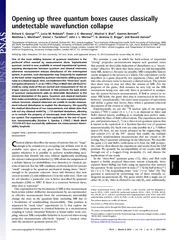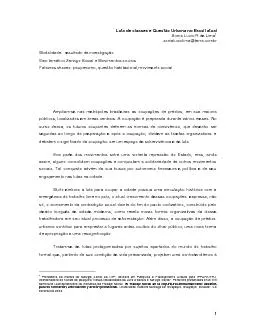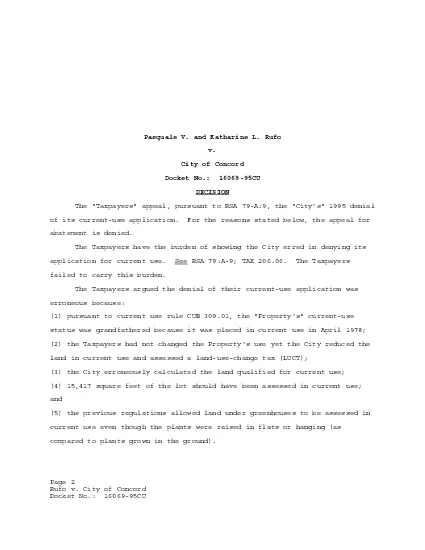PPT-Pasquale Caponnetto Lucio Inguscio
Author : RockinOut | Published Date : 2022-08-02
Sara Valeri Marilena Maglia Riccardo Polosa Carlo Lai Giuliana Mazzoni Smartphone Addiction through age and gender during Italian lockdown for COVID19 Background
Presentation Embed Code
Download Presentation
Download Presentation The PPT/PDF document "Pasquale Caponnetto Lucio Inguscio" is the property of its rightful owner. Permission is granted to download and print the materials on this website for personal, non-commercial use only, and to display it on your personal computer provided you do not modify the materials and that you retain all copyright notices contained in the materials. By downloading content from our website, you accept the terms of this agreement.
Pasquale Caponnetto Lucio Inguscio: Transcript
Download Rules Of Document
"Pasquale Caponnetto Lucio Inguscio"The content belongs to its owner. You may download and print it for personal use, without modification, and keep all copyright notices. By downloading, you agree to these terms.
Related Documents










